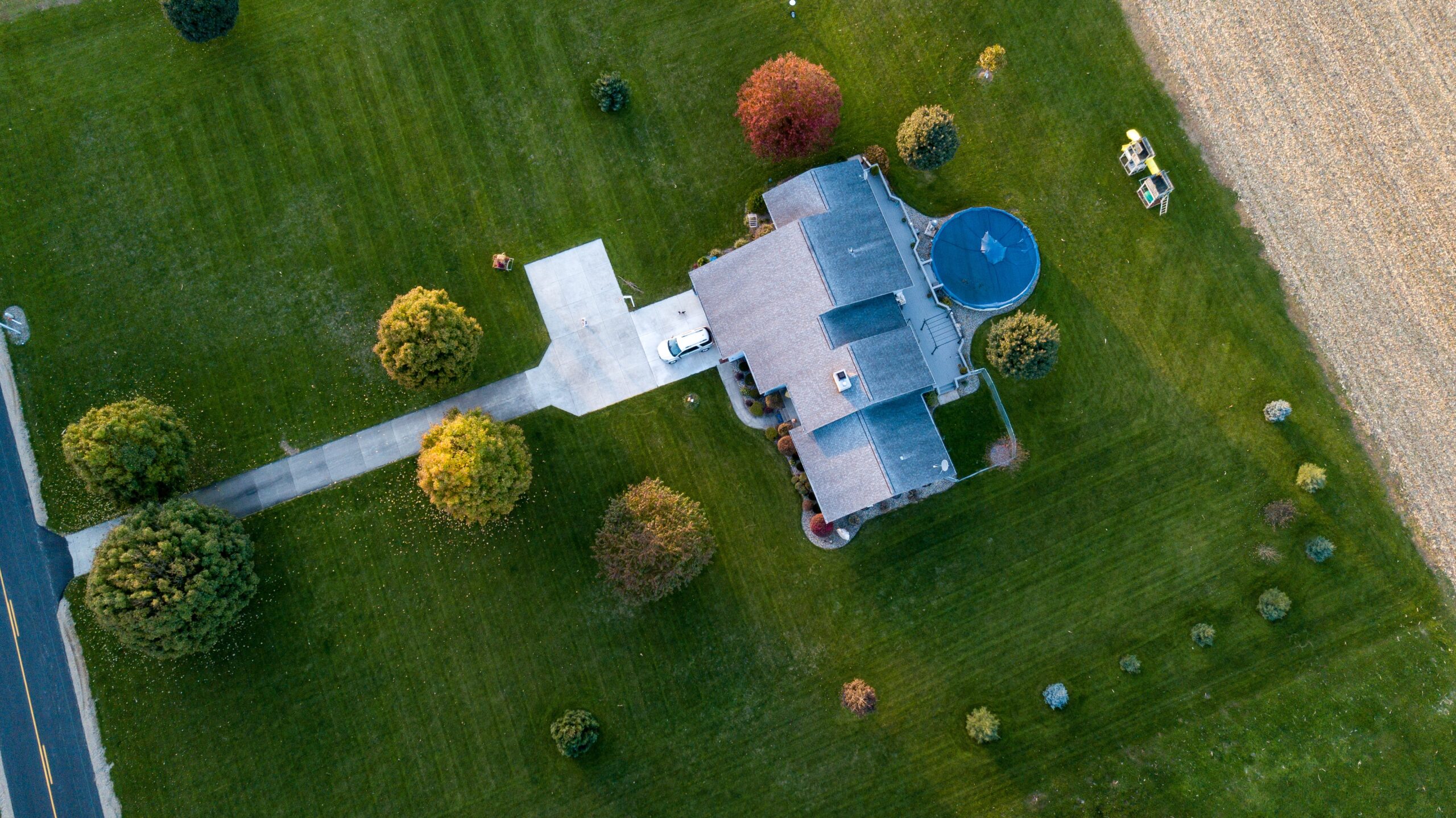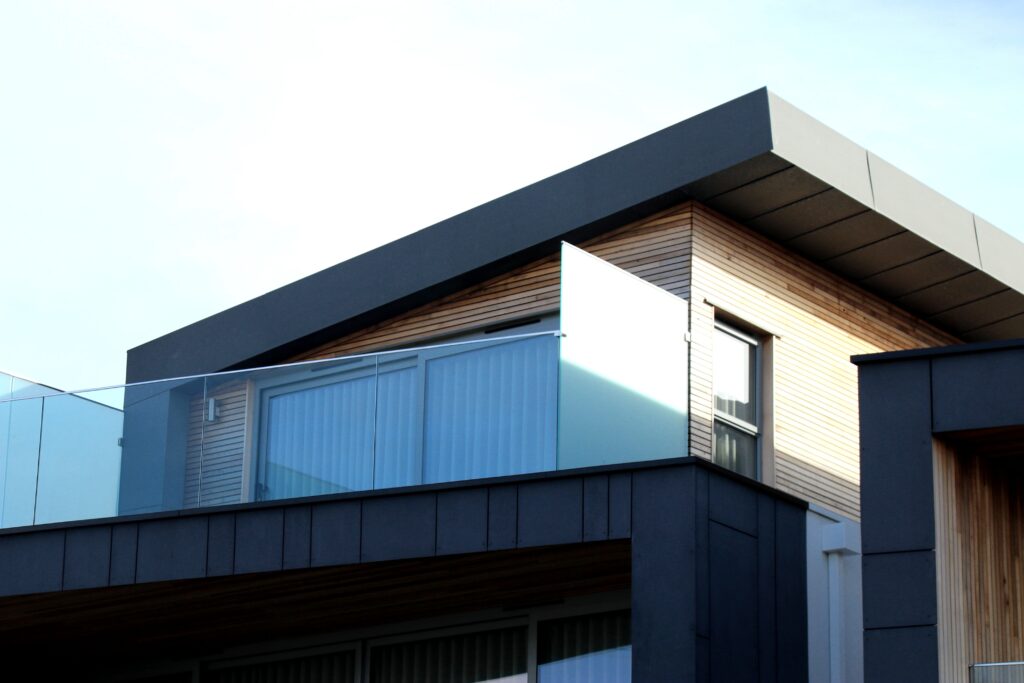7 Pros and Cons of Spray Foam Roofing
For your new company or house, are you seeking roofing materials for commercial use? Spray-on roofing may be an option for you. Spray foam is your best bet for a long-term solution.
As a result of its environmental and energy efficiency, Spray foam proportioner has become a popular choice for many enterprises.
Spray foam roofing has some advantages and disadvantages that you should consider before making a final selection.
7 Pros and Cons of Spray Foam Roofing
The Advantages
We’re going to start with the positive aspects of polyurethane roofing without discussing the negative aspects. Is it a simple installation, energy-efficient, easy-maintain & waterproof? That’s what you need to know.
Efficient Use of Energy
Spray roofing has wetness, thermal temperature, & air barrier built-in. Essentially, this implies that it provides excellent insulation for the building, reducing the workload placed on your HVAC system.
You’ll save money on installation, but you’ll also see a reduction in your electricity costs.
Very easy to Install
Spraying liquid foam on top of the building’s current roof is how the new roof is put. As it expands, the foam moulds to the shape of your roof. Regardless of the shape, thickness, or material of your roof, the foam will be able to work with it.
Its low cost is mostly due to the ease of installation and the lack of costly supplies and equipment required.
Easy to maintain
After your foamy spray roof is done, it will last for decades with minimal effort on your side. All that is required is someone to fill in the gap if something happens, such as a hole in the fabric.
Basically, all you have to do is spray the gap shut and you’re done. And no need to demolish anything in order to perform repairs with this sort of roof.
Durability
Your roof will contract and expand as the outside temperature rises and falls in the summer. The foam will float with the roof, preventing cracks from forming as a result of stress.
Foam roofs also are wind-resistant in addition to being watertight. If you reside in a hurricane-prone area, you won’t be worried about it being damaged.
Seamless and waterproof
One of the most common causes of roof leaks is the lack of a seamless installation. Water damage can still occur in your building as a result of intrusion from shady raindrops.
The foam is applied as a liquid, which allows it to fill in any gaps in your roof and produce a watertight seal. Additionally, the contractor can level the foam to prevent water accumulation on the roof, which could lead to structural damage.
When the roof does get wet, cleaning and drying it is a snap. Mould and mildew are less likely to grow on this roof because of its excellent moisture control.
Cons of Spray Foam Roofing
Again, there is no such thing as a perfect solution. Every solution in life has a drawback, even if it appears to be an ideal one. With spray foam roofs, the primary issues to keep in mind are the small installation windows, splatters, maintenance, & repairs.
Overspray
Whenever you’re dealing with a spray product outside and the wind is blowing, you run the risk of it getting carried off somewhere else. Neighbouring buildings & vehicles could be impacted if this occurs.
Anybody in the area will not be harmed, but your contractor may have been a little ticked off if they have foam roof bits on their vehicle.
Installing in a Tight Space
Spray roofing may only be used in certain kinds of weather situations. As a result, there is only a brief window of opportunity for installation. As an example, if it poured on the night prior to you establishing your installation arrangements, you can disregard it.
Spraying must be done with no visible moisture on the roof, otherwise, the spray will not adhere. Exactly the same rules apply if it was icy the night prior. Trying to determine the best time to install your roof based on the local weather can be a hassle.
Conclusion
Everything in life has advantages and disadvantages. Getting a carpenter to do it can be difficult, and once you do, there is only a short window of time to get it done. Overspray from the contractor also could reach the vehicles below.











